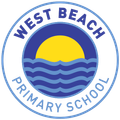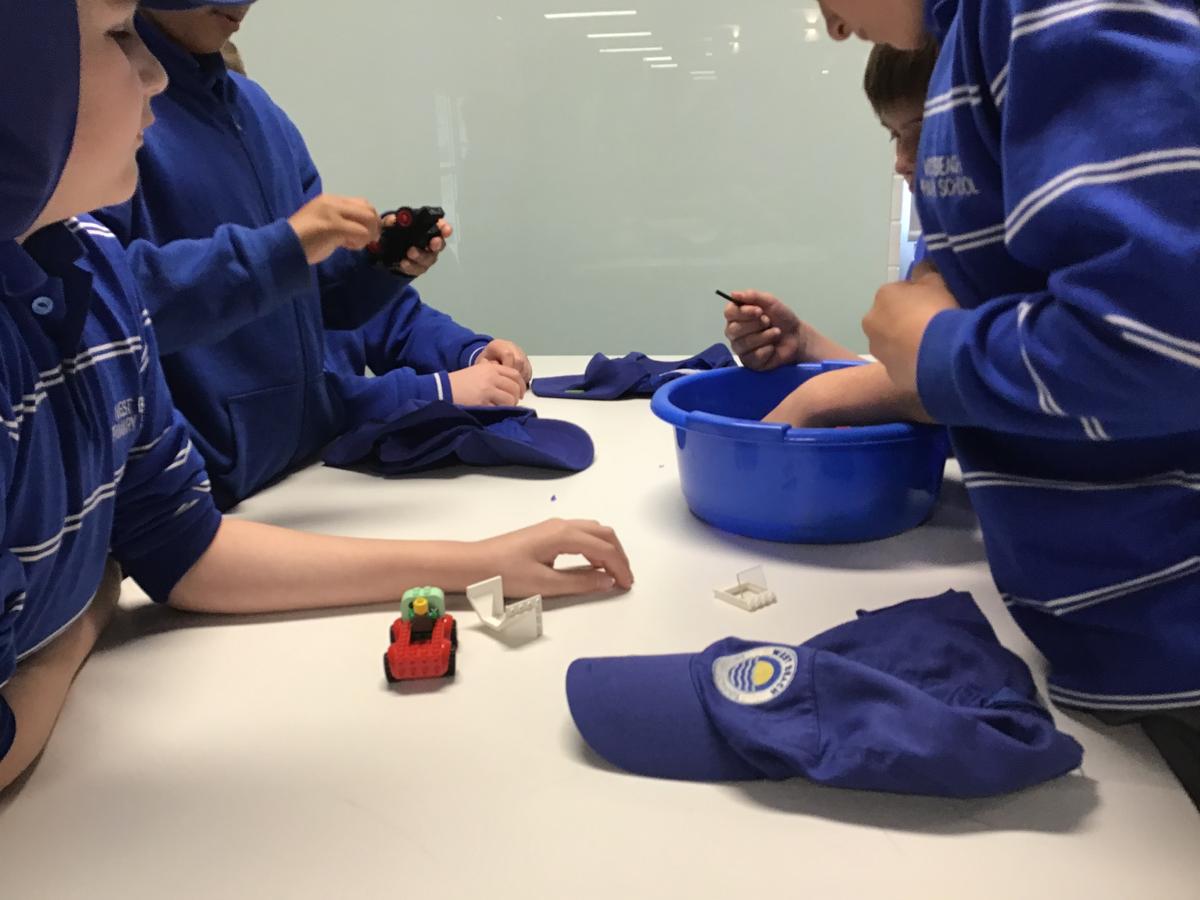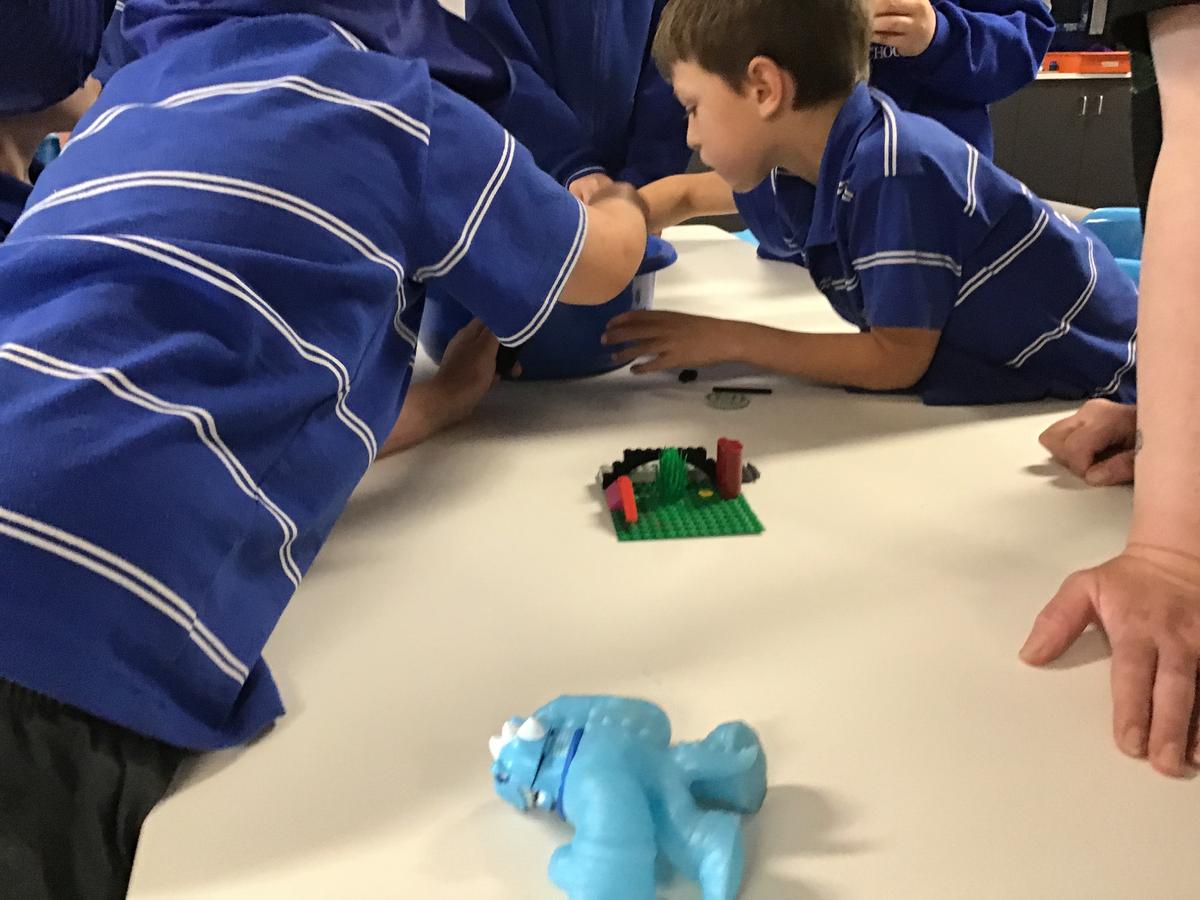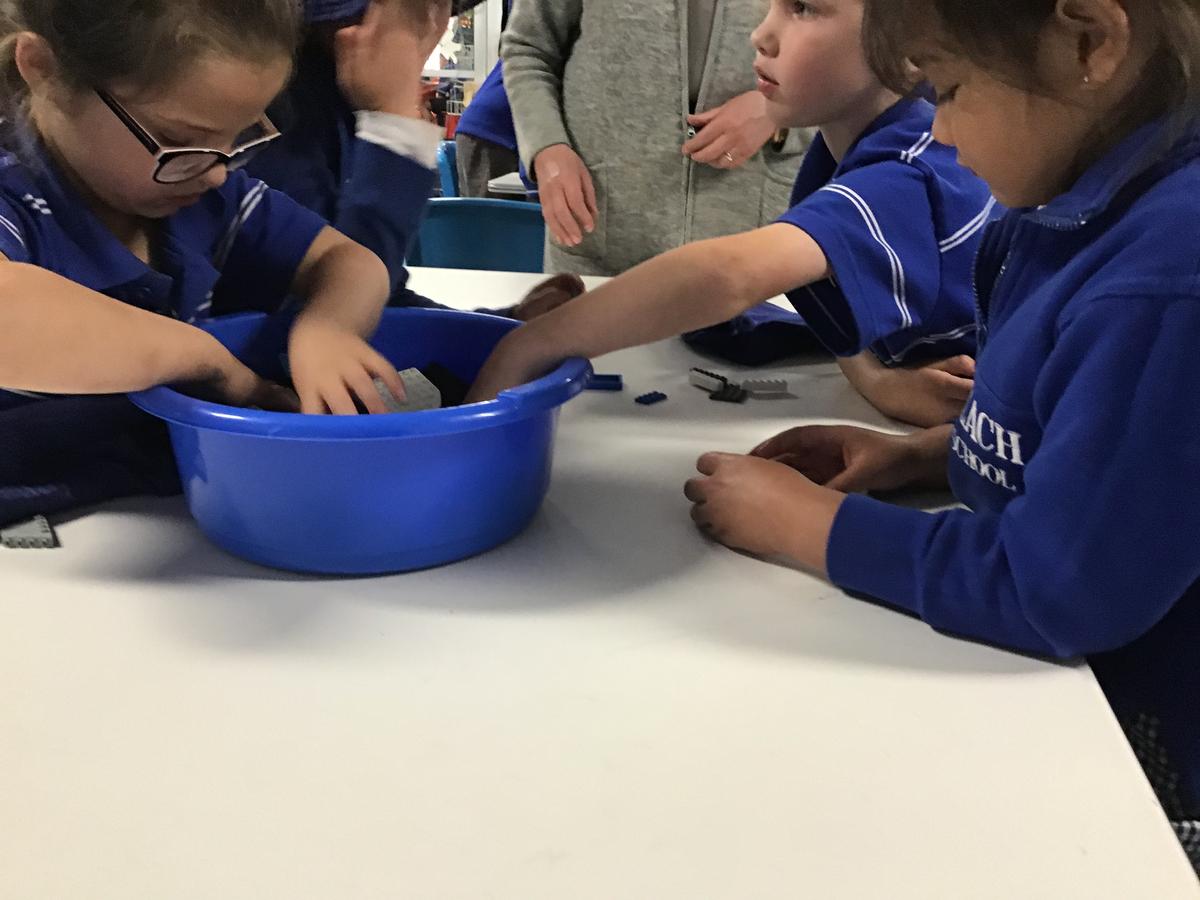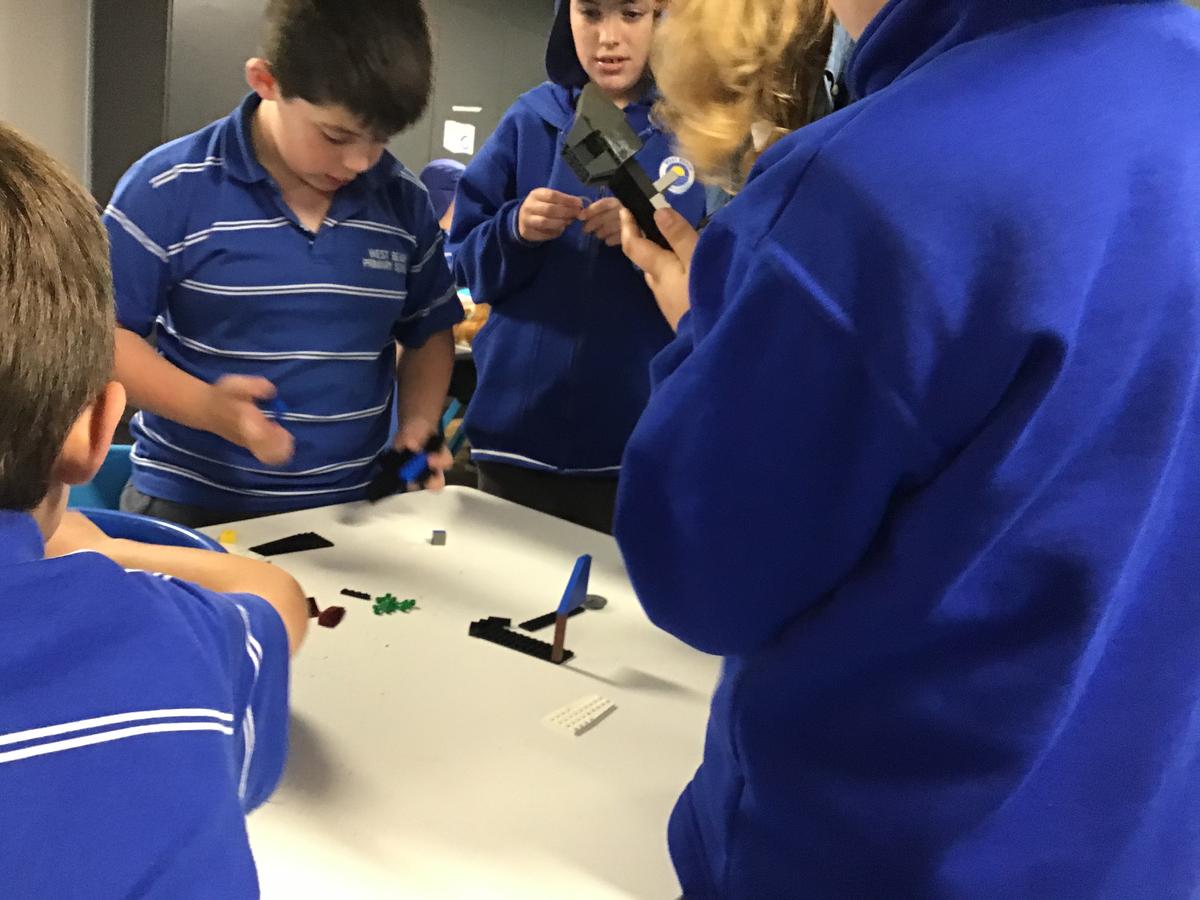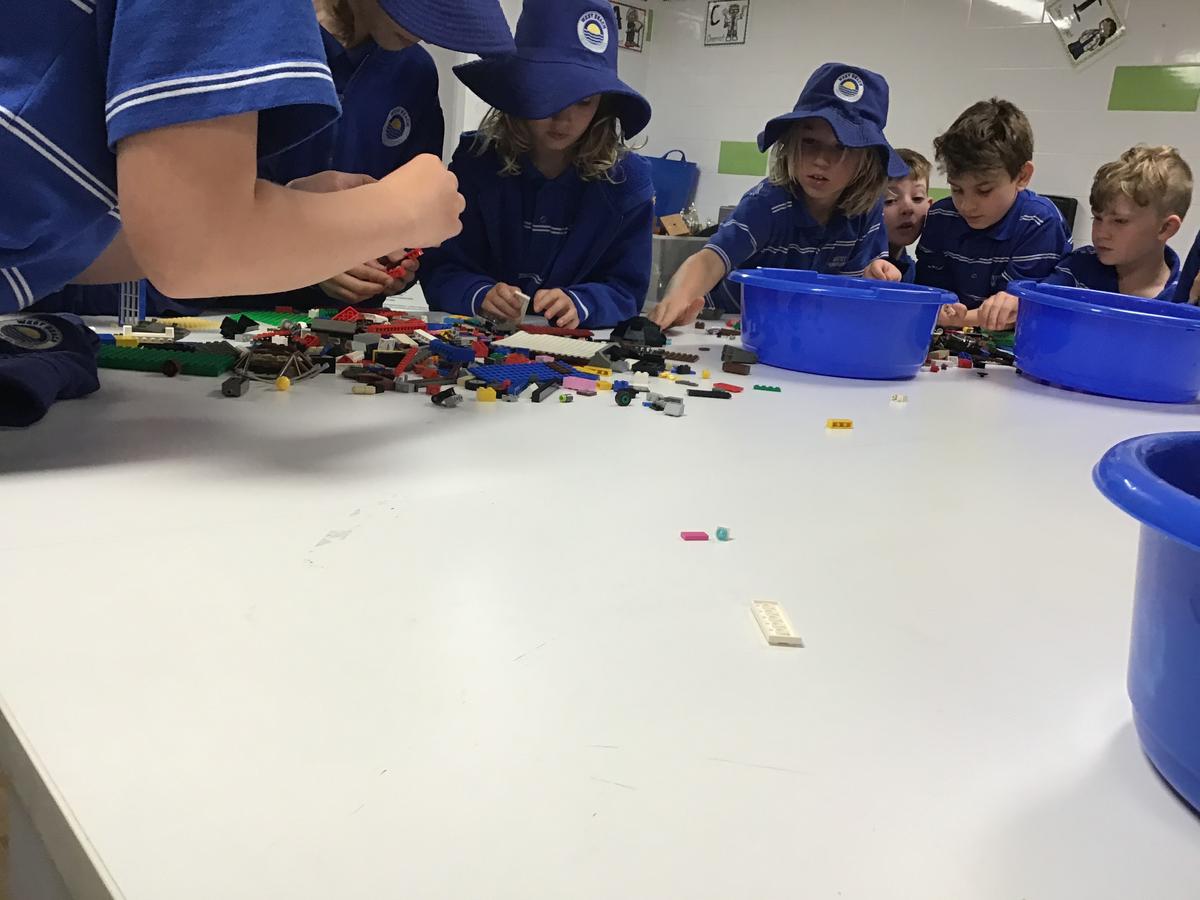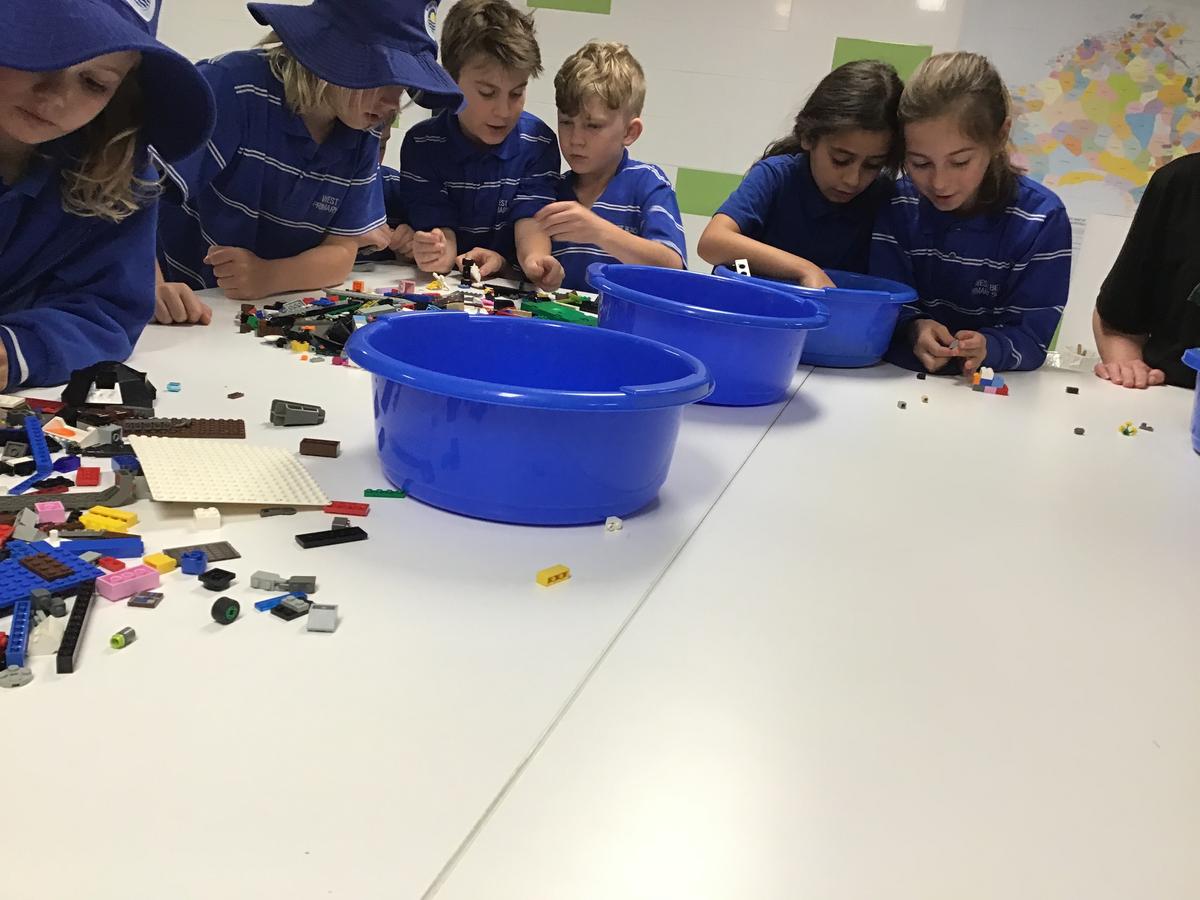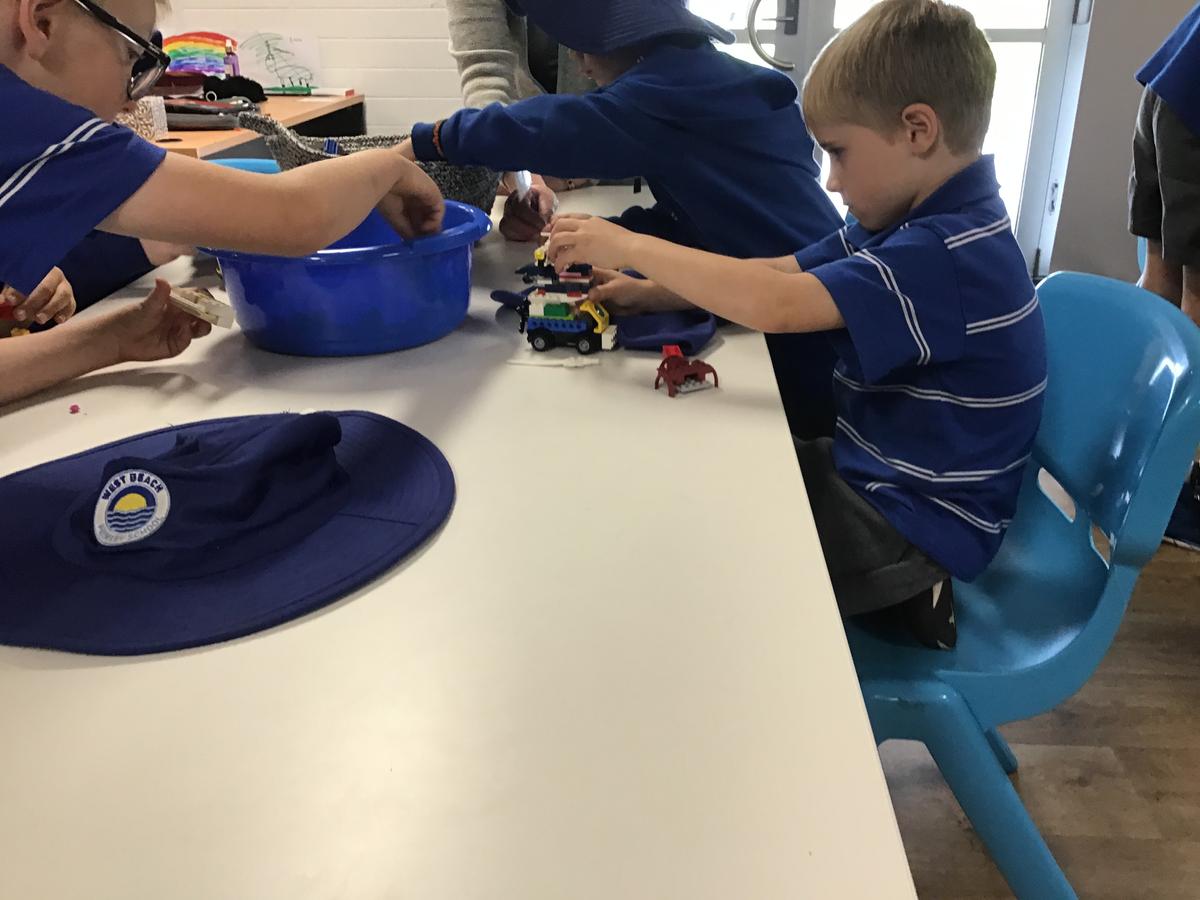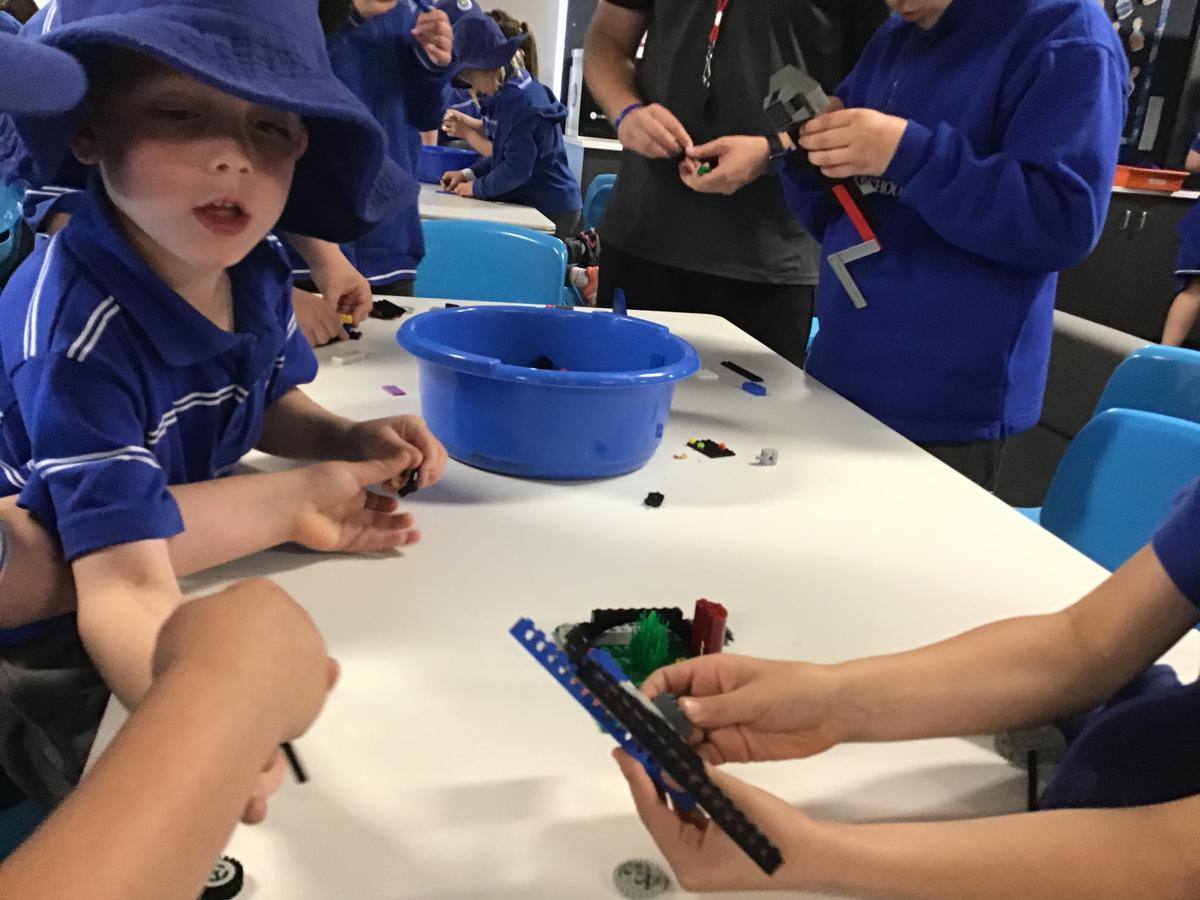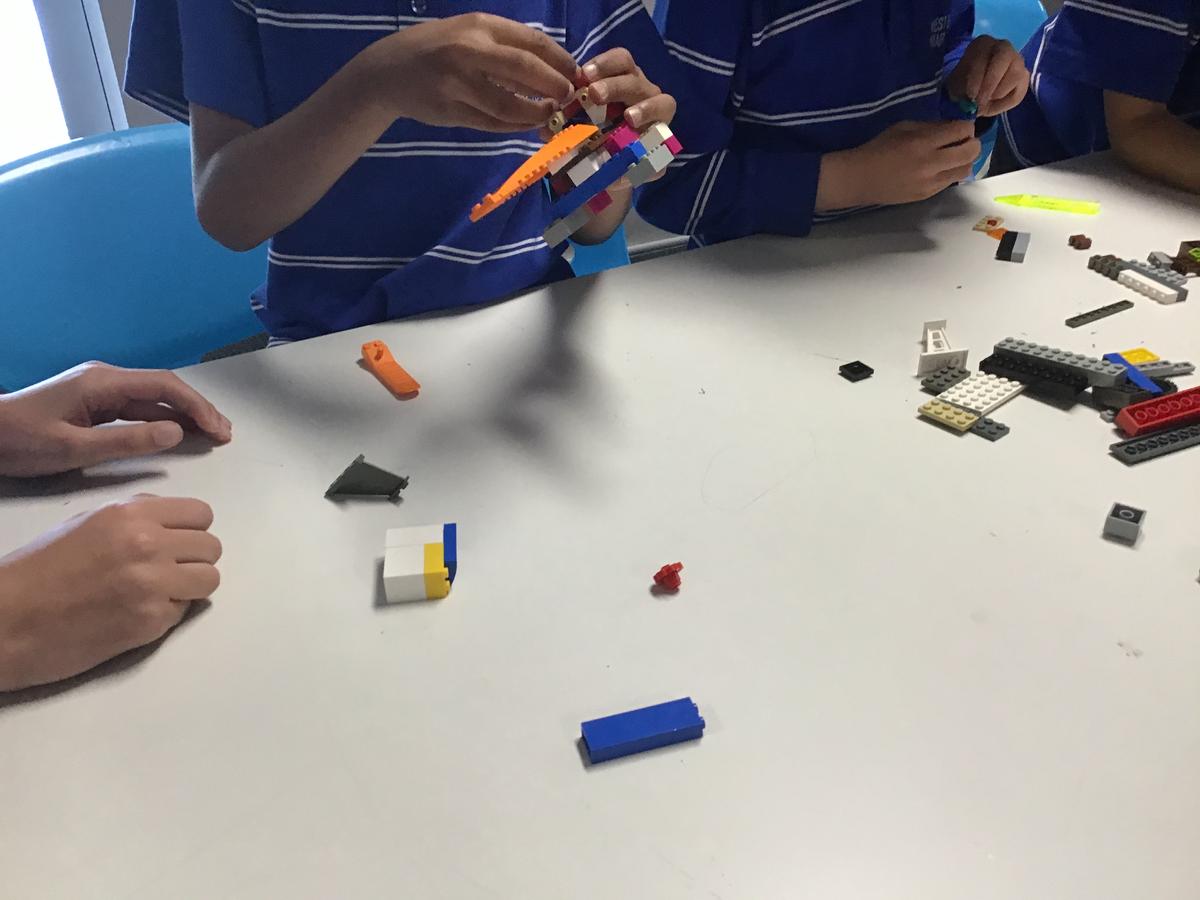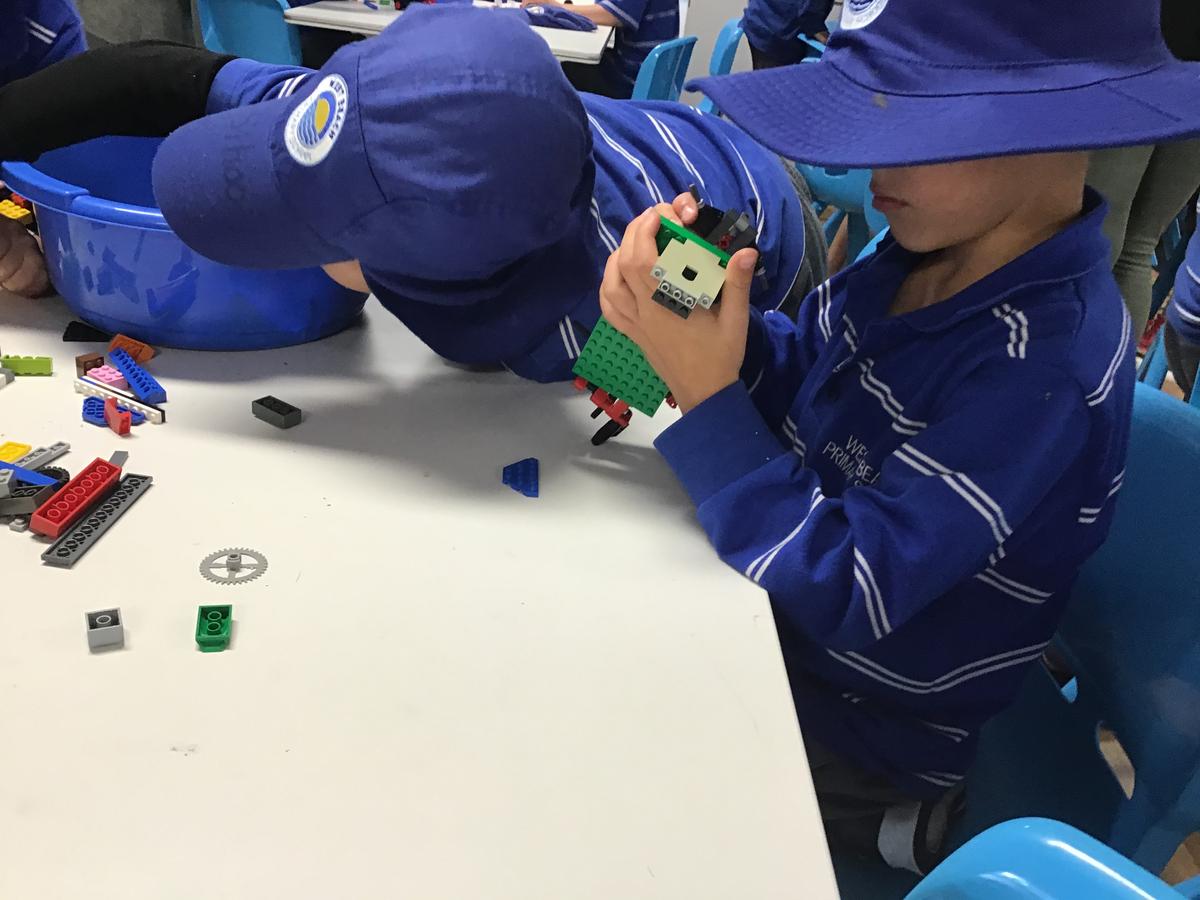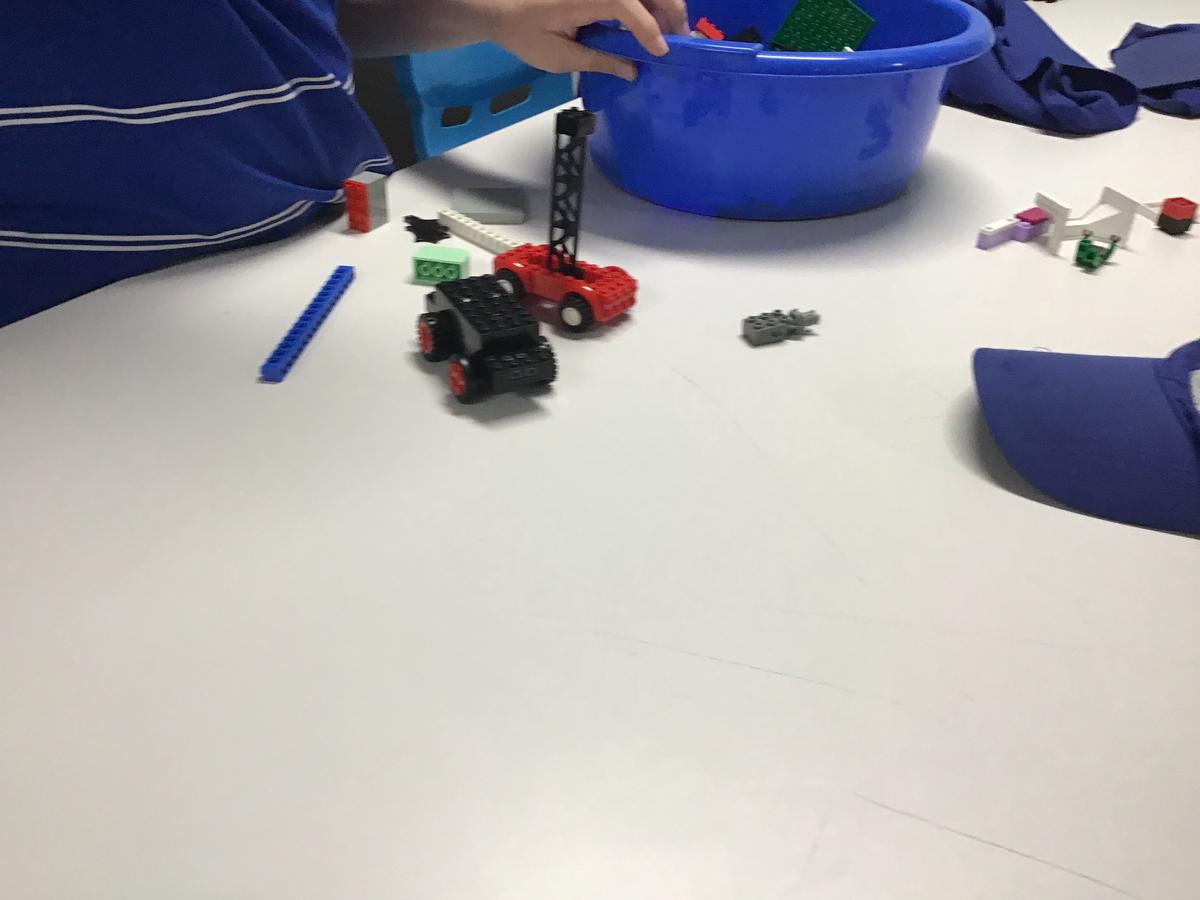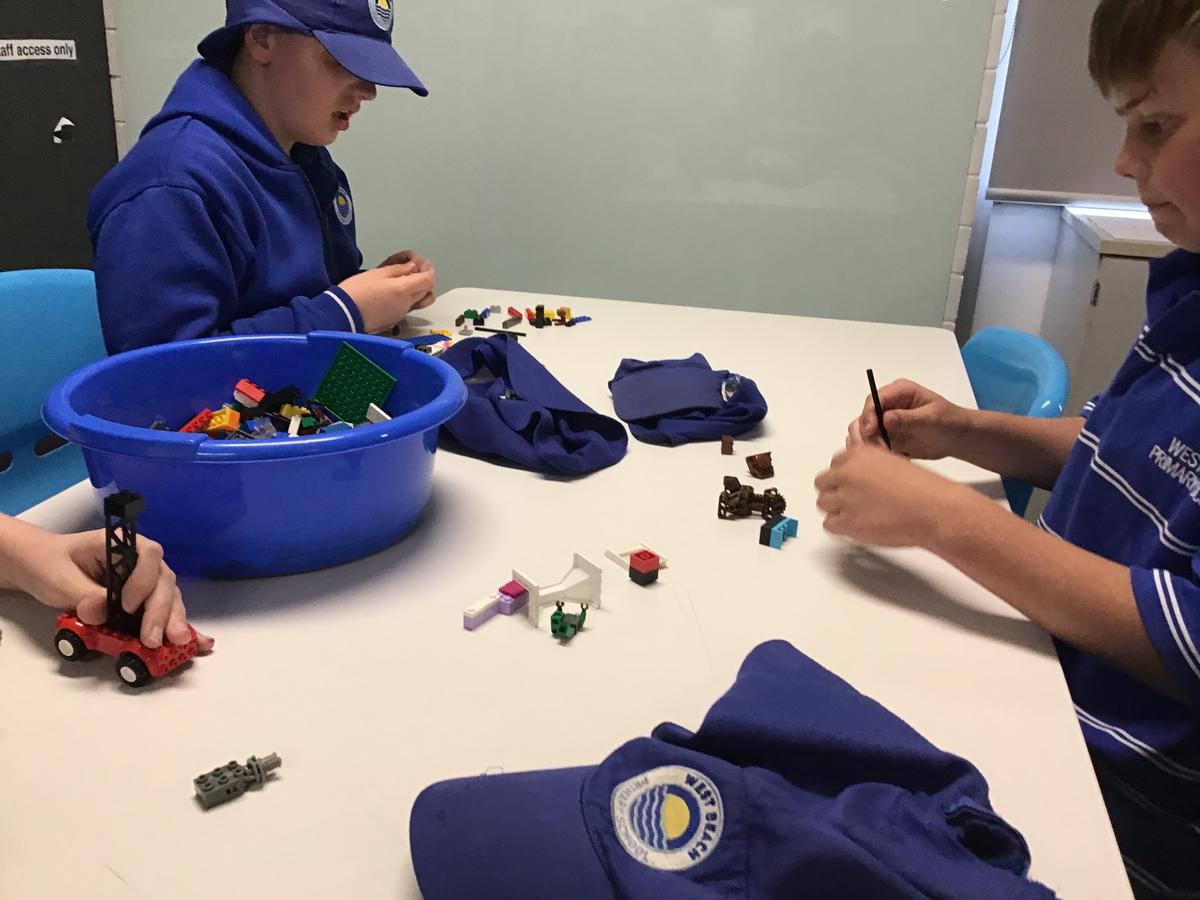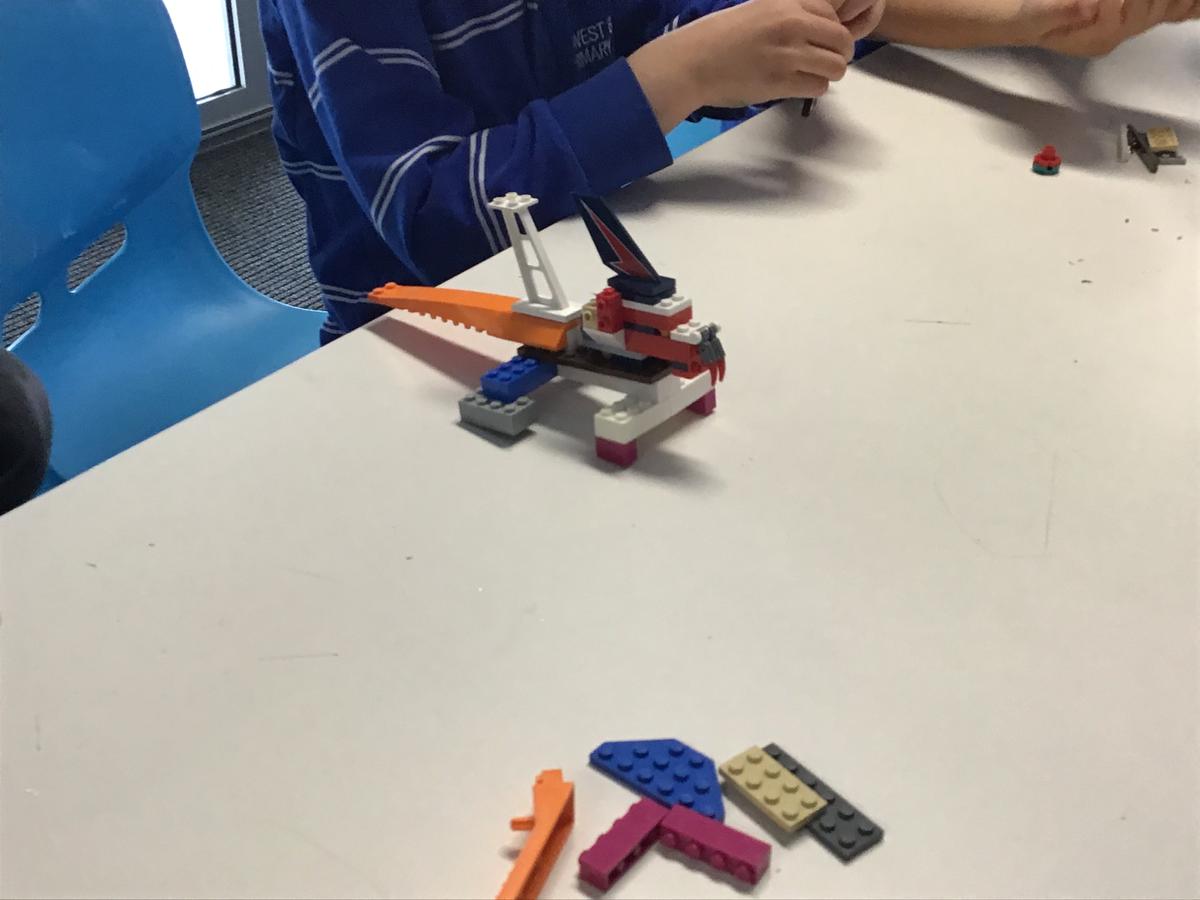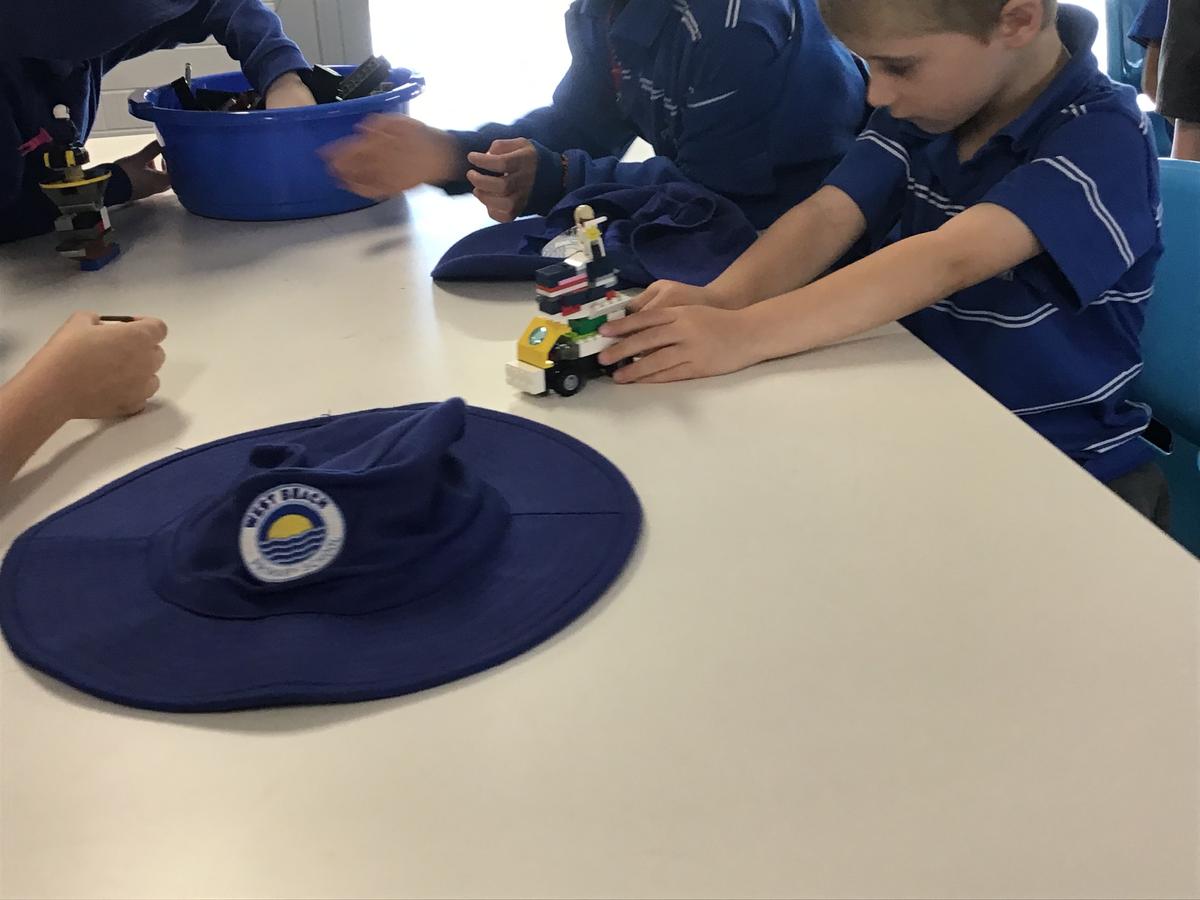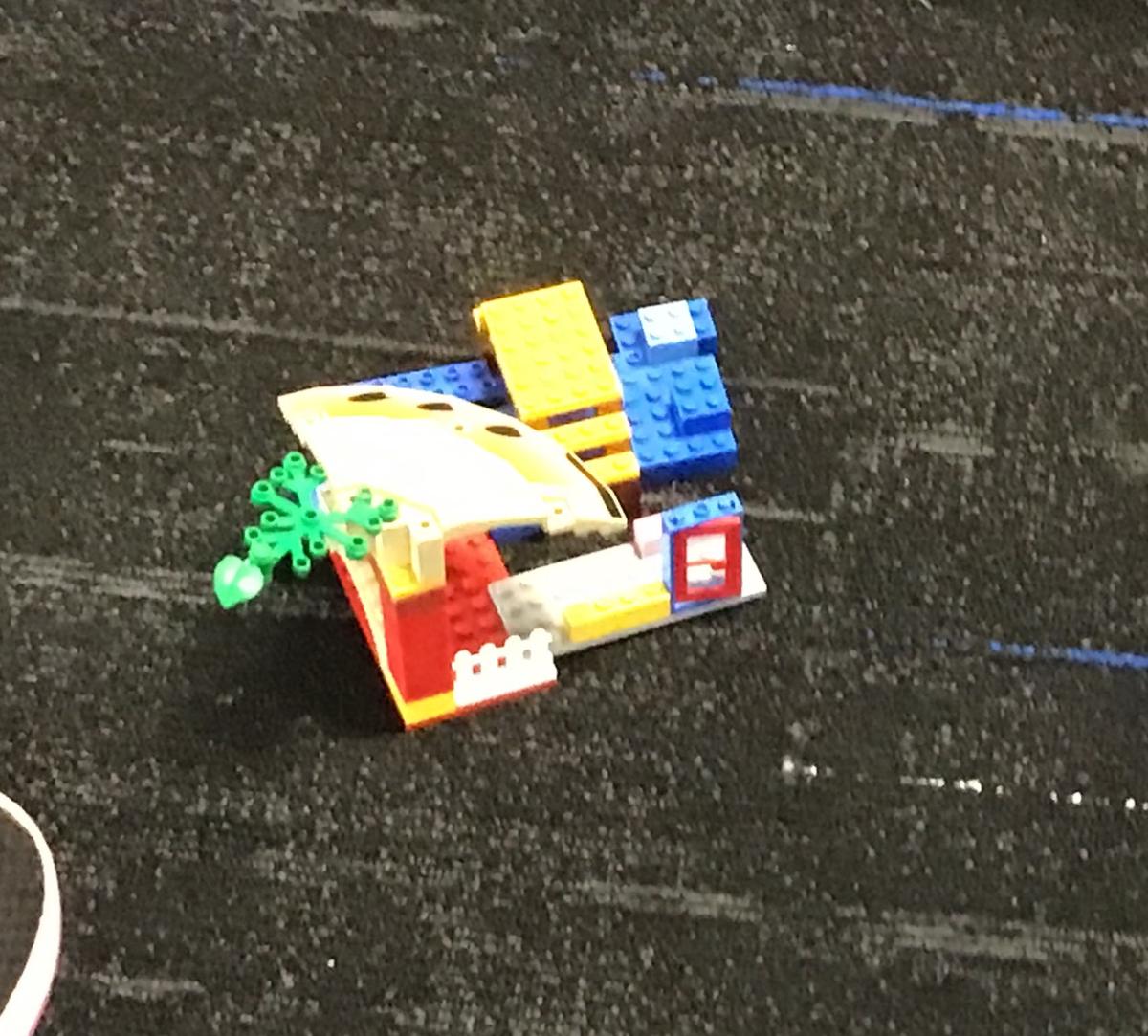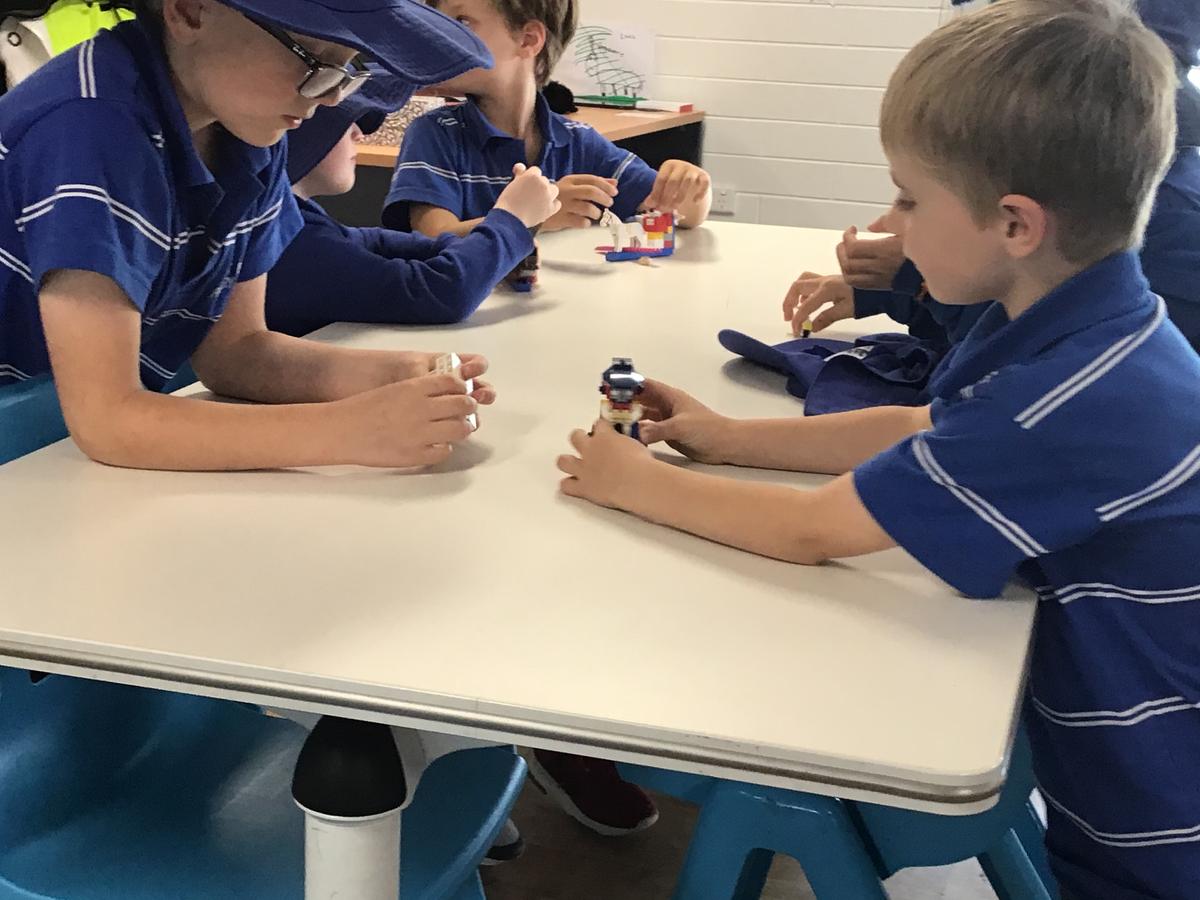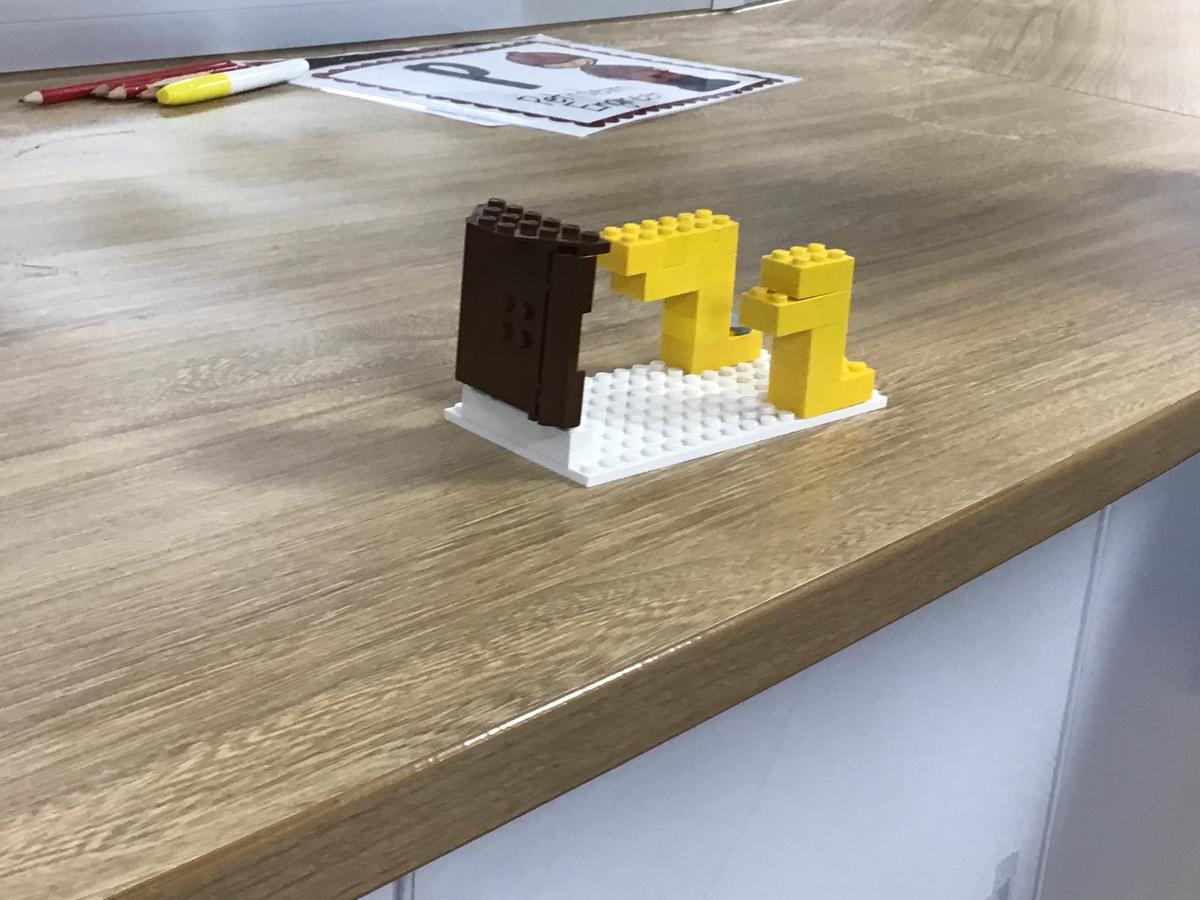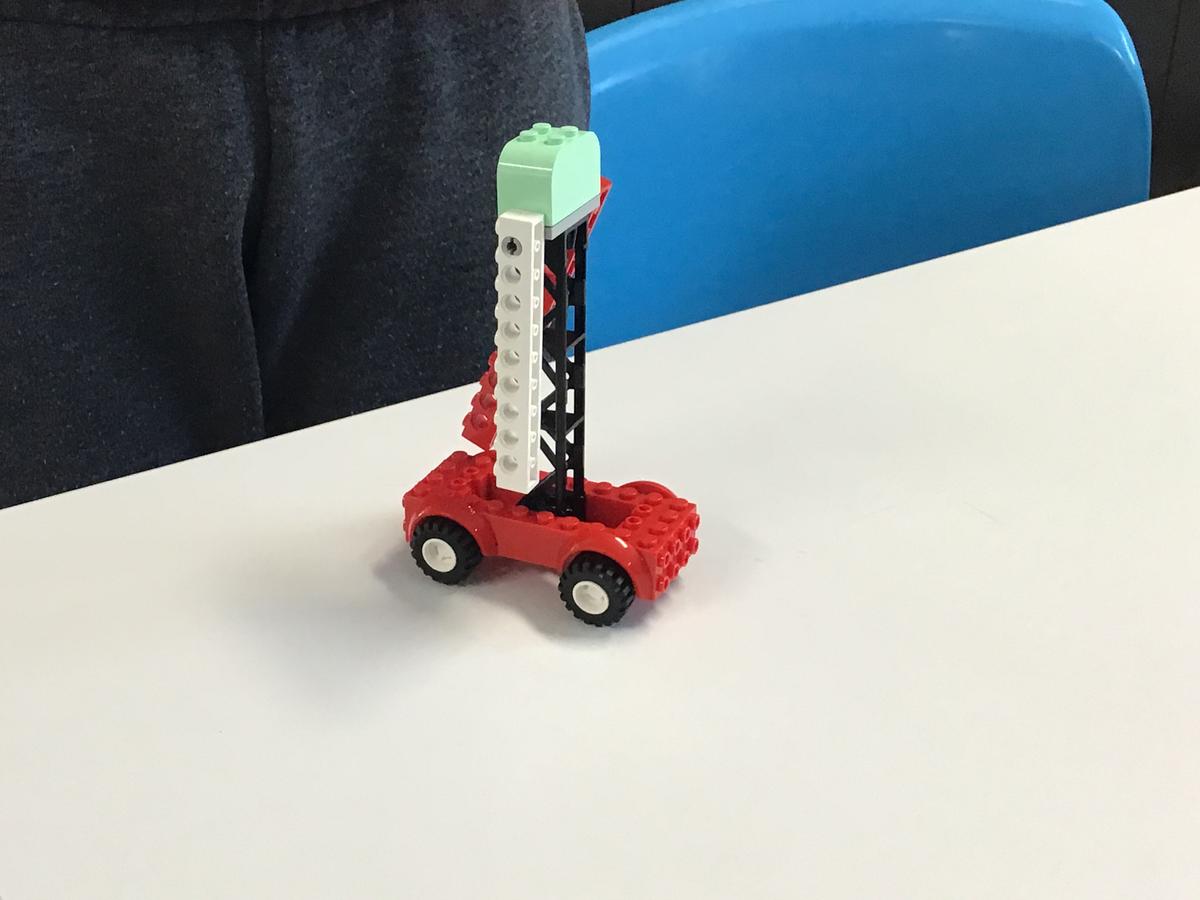Wellbeing
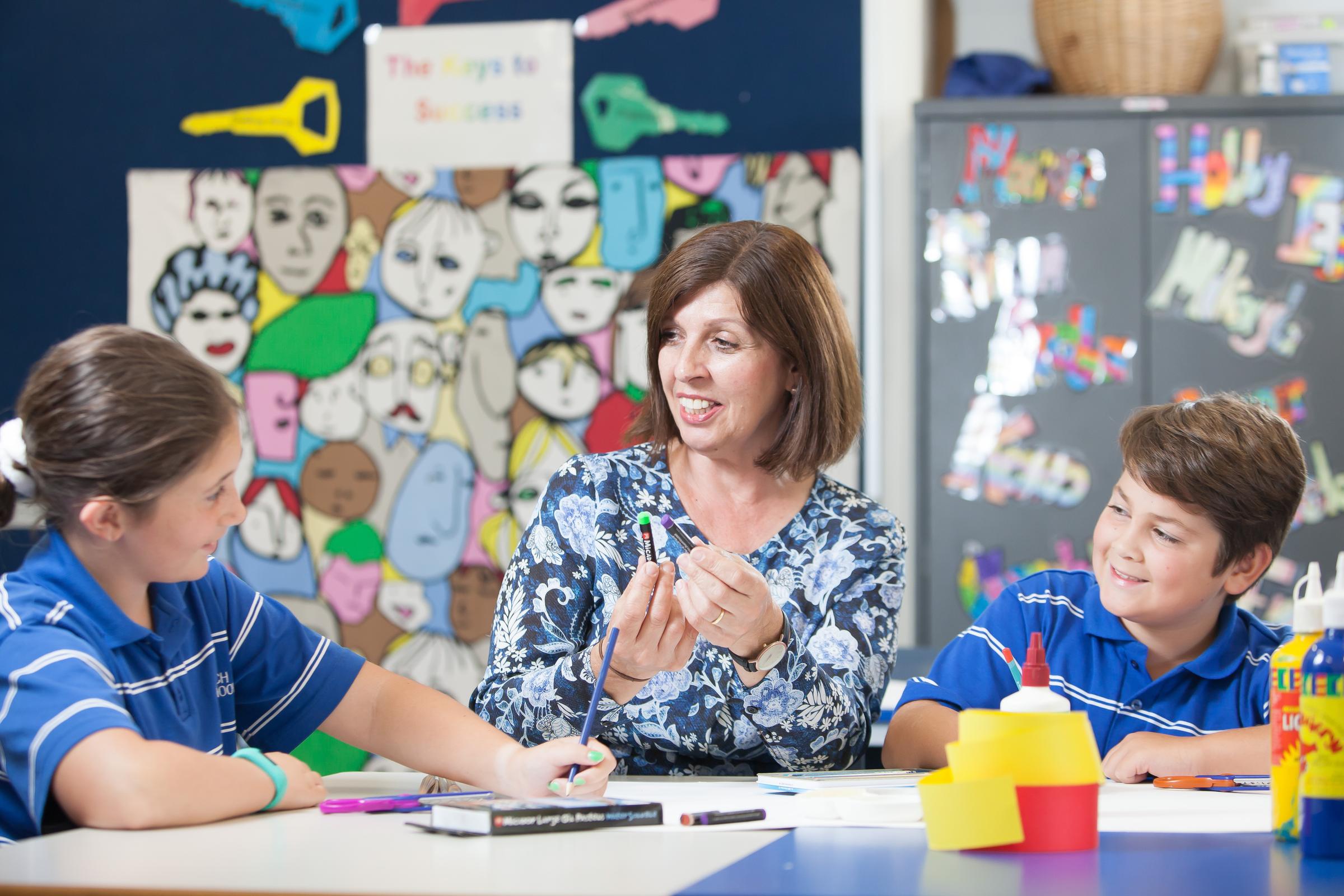
MINDFULNESS
‘ the basic human ability to be fully present, aware of where we are and what we’re doing, and not overly reactive or overwhelmed by what’s going on around us.’
Mind full or Mindful
Mindfulness is about stilling your active mind. It has been defined in several ways, including:
· giving your complete attention to the present on a moment-by-moment basis
· paying attention in a particular way, on purpose, in the present moment, without judgment.
It’s about being more aware as you live and experience each moment – as the moment happens. It is a useful way of calming yourself, focusing and concentrating on what you’re doing. You can be mindful of your internal world – for example, sensations, breath and emotions. Or you can focus on what’s around you – for example, sights, sounds and smells.
You can be mindful anywhere and with anything. For example, you can be mindful while you’re eating, walking, listening to music or sitting.
Everyday Mindfulness
You can use everyday moments to build and practise mindfulness. The more you practise, the more benefit you’ll get.
You can also encourage your child to build mindfulness. In many ways, this is just about getting your child to do what she naturally does. Young children are naturally mindful because every new experience is fresh and exciting for them. Older children and teenagers can learn mindfulness.
Encouraging your child to be in the here and now can give him skills to deal with the stress of study, work and play as he gets older.
Ways to help your child build and practise mindfulness:
· Colouring in is a great way to get your child focused on a task.
· Walking through nature with the family can get your child
interested in exploring the beauty of nature. Your child could collect and examine autumn leaves, or she could feel the sand beneath her toes during a walk on the beach.
· Taking photographs or drawing something interesting or beautiful – like a sea shell or an insect – encourages your child to look closely at details.
· Looking after a vegetable patch encourages your child to notice how plants grow.
· Listening to music and focusing on the instruments or lyrics is a great way for your child to focus on the present without distraction.
Lego Masters at WBPS
School connectedness is something we try hard to excel in at West Beach Primary School. We offer opportunities for students to increase connectedness in many different ways – one of them is by trying to find common interests and provide a range of social opportunities for students to interact.
STEM Leaders organised their own version of Lego Masters and last Tuesday the library was pulsating with enthusiasm and curiosity as everyone waited in anticipation to find out who the mystery guests would be for the introductory Lego Masters workshop! Everyone cheered and applauded when Jody and Josh, the South Australian winners of Lego Masters entered the STEM room. They shared and disclosed some of their Lego tricks and techniques. Jody and Josh set everyone a small team Lego challenge which was to create an interesting creature. They judged the designs on each team’s cooperation, creativity and communication skills. At the end of the challenge, Jody and Josh presented the winners with a Lego kit. Everyone who participated received an individual signed Lego piece. It was a terrific, fun Lego workshop. A special thank you to Jackson and Mr Hefford for kindly organising and inviting Jody and Josh to visit us at WBPS. Be sure to join the STEM Leaders for the up and coming Lego challenges which will be held on Tuesday at lunchtime!
STEM Leaders
